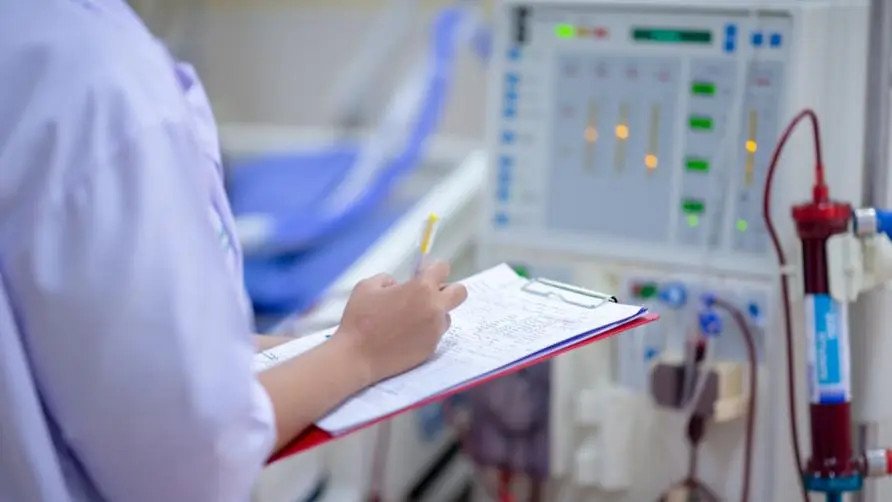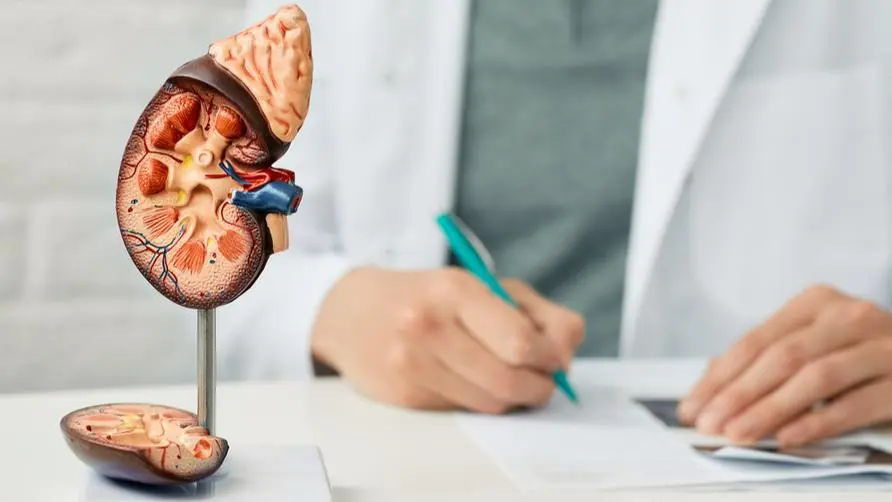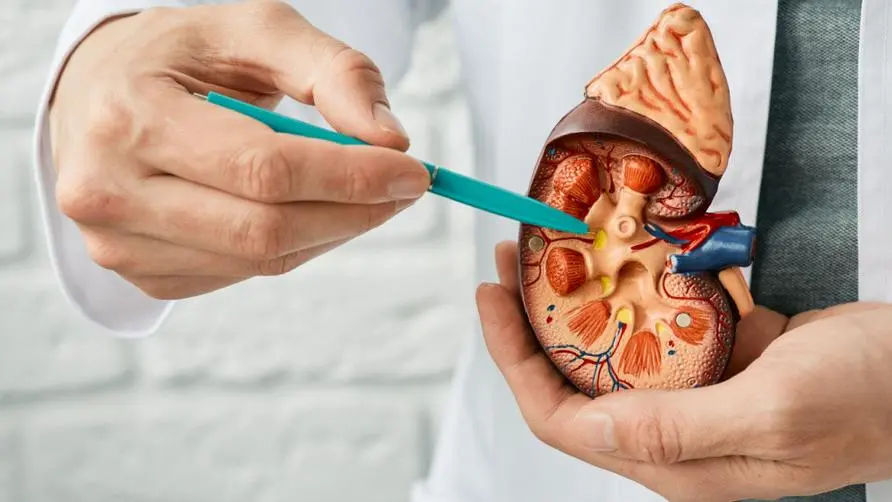The survival rate of kidney dialysis combined with "this disease" may be less than 10%? Doctor reveals "1 treatment" can help improve peritoneal problems

Is there any hidden dangers in self-administered kidney dialysis at home? The survival rate of concurrent “this disease” is less than 10%
About 12% of people in Taiwan suffer from chronic kidney disease. Among them, “uremia”, the most serious form of the disease, requires more than 90,000 patients to receive regular dialysis treatment. This group is growing at an astonishing rate of 9,000 people every year, making Taiwan the first in the world in the incidence and prevalence of dialysis, becoming a heavy burden on health care expenditures.
Dr. Lin Zhiqing, director of the Department of Nephrology, Department of Internal Medicine, Taipei Veterans General Hospital, said that common dialysis treatments are “hemodialysis” and “peritoneal dialysis.” Hemodialysis is the method of choice for most kidney patients. It requires going to the hospital three times a week for about four hours each time, which easily affects daily life. Therefore, some kidney patients choose peritoneal dialysis, which can be performed at home. It is more convenient and less likely to affect their lives.
However, Dr. Lin Zhiqing emphasized that although peritoneal dialysis is convenient, long-term exposure of the peritoneum to dialysate with high glucose concentration may affect the body’s dehydration ability and toxin removal efficiency, and kidney patients may even suffer from “cystic peritoneal sclerosis” (EPS, Encapsulating Peritoneal Sclerosis), the survival rate is less than 10%.
“Far infrared treatment” relieves serious complications. After treatment, he has a great appetite and can even eat fried chicken.
Can this condition be treated? Dr. Lin Zhiqing cited a patient as an example: 40-year-old Mr. Zhang had received peritoneal dialysis for more than 10 years. Unfortunately, he suffered from EPS and required hospitalization. Due to severe ascites and poor gastrointestinal motility, Mr. Zhang suffered from loss of appetite, vomiting, and was unable to eat normally. The doctor then used a “far infrared therapeutic device” to irradiate the arteriovenous fistula. After a week of treatment, he, who had been unable to eat at all, improved his gastrointestinal motility, increased his appetite, and could even eat his favorite fried chicken and burgers.
Dr. Lin Zhiqing explained that far-infrared therapy can alleviate even the most severe EPS, so the peritoneal function of other patients should have a better chance of improving. We further designed a clinical experiment and arranged for 31 peritoneal dialysis patients to be irradiated with far-infrared rays twice a day for 40 minutes each time for a period of 6 months. The results showed that far-infrared rays not only reduce the production of sugar-containing metabolites in dialysate and reduce peritoneal damage, but also improve the patient’s dehydration ability.
Far infrared treatment takes into account detoxification and drainage. Physician: Helps improve poor peritoneal function.
In addition, Dr. Lin Zhiqing also arranged for 66 peritoneal dialysis patients to receive far-infrared irradiation twice a day for 40 minutes each time. After 1 year, the peritoneal function of those with poor dehydration ability and poor toxin removal rate was improved. Dr. Lin Zhiqing said that as long as the appropriate irradiation distance is followed and kept about 20 centimeters from the abdominal surface, low-energy far-infrared irradiation therapy can gently change the characteristics of the peritoneum, take into account detoxification and drainage, and will not cause side effects such as thermal damage.
Dr. Lin Zhiqing said that far-infrared irradiation provides a better auxiliary treatment mode for peritoneal dialysis patients and brings hope for long-term improvement of peritoneal function. The above clinical trial results were published in the International Journal of Molecular Sciences and Membranes. Doctors also hope that the medical community can develop more treatment methods in the future to find a glimmer of hope for patients undergoing long-term dialysis treatment.
Further reading:





